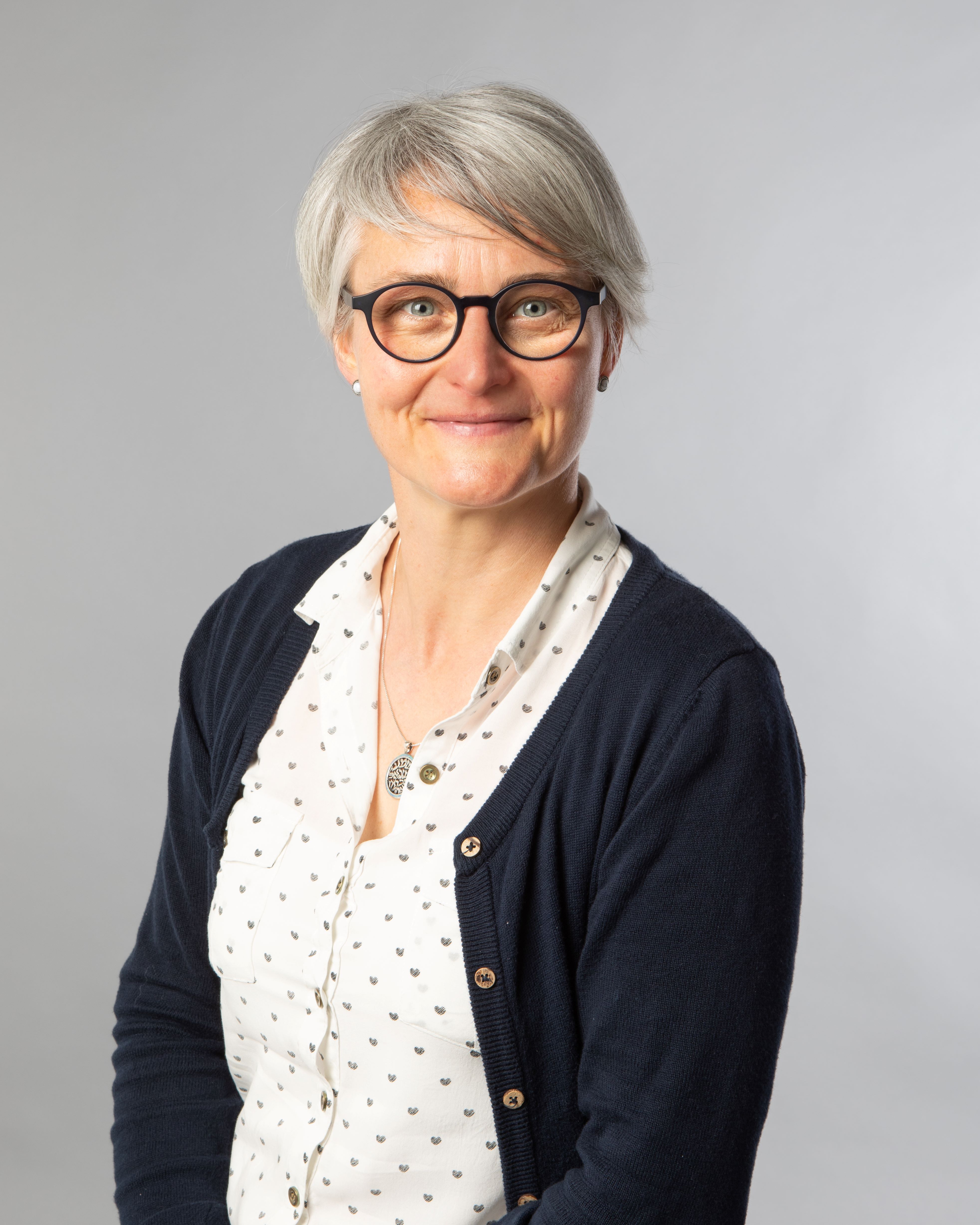Key UC Contact
What We Did
The human way of detecting and processing sounds in the ear is strongly frequency selective. This happens over an impressive range of frequencies (from 20 Hz to 20 kHz) and with a million-fold range of sound pressure levels (from 20 μPa to 20 Pa). Natural sound detection relies on adaptable pre-processing at the sensor (hair cell) level to filter relevant from irrelevant information. In contrast, current artificial sound detection technology such as microphones and hydrophones apply sophisticated post-processing algorithms for filtering and amplification. This detection of acoustic stimuli results in large data streams and high efforts to differentiate relevant from irrelevant information.
We are working on an entirely new concept of detecting and processing sounds for future microphone technology that is inspired by the natural hearing process. With an array of our novel and patented MEMS (micro-electromechanical system) sensor design we aim to frequency-select (i.e. detect) and amplify only relevant acoustic stimuli and simultaneously ignore (i.e. not detect) irrelevant signals such as noise.
Who Is Involved (national and international collaborators)
To achieve high-quality outcomes in our research activities, we collaborate internationally with expertise in the following fields: nano- and micro sensors, new and emerging clean room fabrication techniques, coupled oscillators and nonlinear vibrations, electrophysiological and audiological instrumentation, and measurement of speech perception, among others.
Our collective team holds a unique and well-established research partnership with the TU-Ilmenau in Germany. Starting with, Dr Claudia Lenk a respected leader in neuromorphic systems and bio-sensors while Prof Ivo Rangelow is world-renown for his achievements in the fields of nano-electronics, scanning probe microscopy and lithography. Prof Greg O’Beirne is well-recognised for his work in electrophysiological and audiological instrumentation. Having this wealth of knowledge and expertise, our team is uniquely placed in the World as our work combines cutting-edge theoretical findings with experimental validations on the micro-scale and tested with real-life recorded audio data.
Dr Claudia Lenk (TU Ilmenau, Germany, https://www.tu-ilmenau.de/en/university/departments/department-of-electrical-engineering-and-information-technology/profile/institutes-and-groups/micro-and-nanoelectronic-systems-group/research/nachwuchsgruppe-sensorik) and Prof Ivo Rangelow (TU Ilmenau, Germany, ), Prof Greg O’Beirne (UC School of Psychology, Speech and Hearing, https://www.canterbury.ac.nz/science/contact-us/people/greg-obeirne.html);
Why It Matters
Modern microphone technology has become highly sophisticated and advanced. We have been spoiled by a high-quality sound experience with even cheaper devices. However, frequency-selective, low-noise recordings are best accomplished by using the directional capability of a microphone. For instance, consider the recordings of a symphony played by an orchestra or a taxi driver wearing hearing aids in noisy traffic with a passenger sitting in the back seat. For a typical symphony orchestra, with 50-100 musicians or instruments, professional recording demands the technology to detect an ever-changing frequency content, dynamical range, and musical colour, in the absence of any noise. Unfortunately, conventional microphones detect everything at first and then require post-processing. Likewise, the taxi driver has a hard time understanding the passenger’s spoken requests from the back seat in the presence of the street noise.
The novelty of our technology ignores the noise or irrelevant frequencies, while only detecting and processing the frequencies and colours of interest. This benefits the taxi driver in understanding a person sitting in the back seat and the microphone setups for the orchestra recordings can be radically reduced as the new microphone technology would be able to distinguish between the sound (frequency, dynamic range) of a trumpet from that of a harp.
Learn More
www.canterbury.ac.nz/engineering/schools/mechanical/research/gutschmidt/sound-detection



